Russia’s war in Ukraine is grinding through its fourth year and a fresh investigation has put a spotlight on one of the most disturbing allegations to emerge from within Moscow’s own ranks.
A report by Verstka — an independent Russian outlet operating in exile — has revealed that Russian commanders have been torturing, executing, and deliberately sending to their deaths soldiers who disobey orders or refuse to participate in combat.
Based on hundreds of testimonies, leaked videos, internal complaint records, and interviews with both soldiers and their families, the report identifies over a hundred Russian servicemen allegedly involved in the killings of their comrades and details what appears to be a systemic campaign of internal terror that has spread through multiple levels of the Russian army.
What the investigation revealed
According to Verstka, what began as isolated cases of brutality in the early months of the invasion has evolved this year into a widespread and institutionalised form of punishment.
Soldiers accused of insubordination, intoxication, or cowardice are no longer simply reprimanded — they are “zeroed out,” a slang term used within the Russian armed forces for execution or deliberate elimination.
The investigation documented 101 Russian servicemen accused of carrying out or ordering such acts, and verified at least 150 deaths resulting from internal killings.
However, the outlet’s journalists believe the real figure is far higher, given the number of unreported cases and the scale of complaints received from troops and relatives.
These killings, according to eyewitness accounts, are carried out through a range of methods: soldiers are shot at point-blank range by designated execution shooters, forced into suicidal attacks on Ukrainian positions without equipment, or even targeted by drones operated by their own side to make the deaths appear as combat casualties.
In many instances, soldiers’ bodies are either buried in forests or dumped in rivers, their deaths later recorded as “killed in action” or “missing.”
The deliberate misreporting not only conceals the crime but also deprives families of state compensation.
Impact Shorts
More ShortsThe culture of impunity surrounding these actions, Verstka found, has become a defining characteristic of Russia’s frontline units.
How “zeroing out” works
Within Russia’s military slang, “zeroing out” refers to the summary execution of soldiers considered disobedient, troublesome, or uncooperative.
The perpetrators — known as “zeroers” — include platoon and battalion commanders, and occasionally higher-ranking divisional officers. Verstka’s database lists 101 names, with 79 verified through at least two independent sources.
For many of these individuals, Verstka was able to obtain personal details such as rank, unit, and in some cases, photographs.
The majority are men in their 30s and 40s — many decorated for service, with five reportedly holding the prestigious title of Hero of Russia.
A source within Russia’s Main Military Prosecutor’s Office told Verstka that investigations into such incidents are effectively blocked.
“They say: ‘If we open this, it could harm operations.’ That means these officers have total impunity,” the source explained.
By torture and “disciplinary pits”
One of the most brutal aspects uncovered by the report concerns the use of makeshift detention sites at the front lines. Soldiers accused of misconduct are often confined to cellars, pits, or holes dug into the ground and covered with metal grates.
A serviceman named Yuri, who was part of the 114th Separate Guards Motor Rifle Brigade, described how detainees were left without food or water and subjected to repeated beatings.
“Some prisoners die right there in the pit, while survivors are sometimes forced to kill one another,” he said.
In certain units, these punishments escalated into violent spectacles resembling “gladiator fights.” One video circulated online in May earlier this year showed two shirtless soldiers locked in a pit, being ordered to fight as a voice from above shouted,
“Commander Kama basically said whoever beats the other one to death gets out of the pit.” The clip ends when one man collapses motionless to the ground, prompting the unseen voice to yell, “Finish him off already, what are you waiting for?”
Such acts, according to Verstka, reflect a system where physical and psychological terror is used to enforce discipline.
By executions and suicide missions
Another method of punishment involves sending soldiers on “meat assaults” — mass frontal attacks against heavily fortified Ukrainian positions.
Troops are often ordered to advance unarmed or without proper protective gear, effectively serving as human shields to expose enemy fire points.
A mobilised soldier named Alexey recounted how those refusing to take part in such missions within the 2nd Battalion of the 7th Separate Guards Motor Rifle Brigade were executed.
“You’re not actually going to reach those positions — they’ll just tear you apart with drones. That’s why people refuse,” he said. According to him, those who disobeyed were shot and their bodies dumped in rivers or hidden in nearby forests.
Before these assaults, commanders sometimes confiscated soldiers’ bank cards and demanded PIN codes “for relatives,” signalling an expectation of their imminent deaths.
Drone warfare has also been weaponised for internal executions. In multiple cases, officers allegedly instructed drone operators to drop grenades on retreating or wounded soldiers, disguising the killings as Ukrainian strikes.
How money plays a role into this
While discipline and control are common explanations for these killings, Verstka’s findings suggest that money is an equally significant motive.
Several testimonies point to extortion rackets run by officers who demanded payments in exchange for sparing soldiers from suicide missions.
Those who could not pay were “zeroed.”
In one particularly grim case, Vladislav Berlyakov, a serviceman from the 6th Separate Guards Motor Rifle Brigade, said his comrade, Alexander Yurkov — known by the call sign “Odessa” — was killed after failing to hand over proceeds from drug sales that officers had forced him to conduct.
“Later that evening, I saw them put an old bulletproof vest and helmet on ‘Odessa,’ then place two grenades under him and detonate them,” Berlyakov said.
“After that, to conceal the signs of beating that could be detected during a medical examination, they left the body out in the heat for several days until it began to decompose. Then they sent it ‘back home’ labelled ‘killed in action.’”
How the evidence continues to mount
The investigation also reveals that Russia’s military prosecutors have received tens of thousands of complaints since the invasion began.
Data obtained by Verstka from internal records show that nearly 29,000 complaints were filed in the first half of 2025 alone, 12,000 of which concerned abuses committed by commanders against their own troops.
Since the start of the full-scale invasion, more than 12,000 complaints related to internal killings have been logged. Yet only 10 criminal cases have been opened, and just five officers have been convicted.
Sources told Verstka that field commanders enjoy almost complete protection from prosecution.
The Main Military Prosecutor’s Office reportedly operates under an informal directive prohibiting investigations into active combat officers, a rule said to prevent “harm to ongoing operations.”
This has left families and survivors disillusioned and fearful. One mobilised soldier told the outlet, “When the guys come back and realize they won’t be sent to storm positions again, prison won’t scare them anymore. Many officers will have to hide — and those who return will be drinking.”
Another soldier warned that the violence seen at the front would inevitably spread inside Russia, adding that authorities still failed to grasp the scale of the problem.
How the practice is spreading across the army
Initially, accounts of internal executions were linked to penal units composed of ex-convicts recruited by Russia’s Defence Ministry and private military groups.
These formations, numbering in the tens of thousands, were notorious for their extreme methods and lack of discipline. However, Verstka’s findings show that the same violent practices have since become embedded within regular army formations.
Analysts attribute this to the influx of former prisoners into the military, bringing with them a “criminalised” mindset and normalising the use of extreme violence as a disciplinary measure.
The blurring of lines between penal and professional units has contributed to a culture where commanders see execution as a legitimate tool of control.
The average age of perpetrators identified in Verstka’s investigation is just over 40, many of them veterans of previous Russian conflicts in Chechnya, Georgia, or Syria.
A number have been decorated for bravery, highlighting how the state continues to reward figures implicated in atrocities.
How crimes are covered up
To conceal internal killings, commanders often manipulate casualty reports and battlefield records. Soldiers executed for disobedience are listed as deserters or missing, while their remains are tampered with to simulate combat injuries.
Witnesses described a common practice in which bodies were left on the battlefield and fired upon with assault rifles to create evidence of combat deaths.
In some cases, bodies were detonated with explosives to destroy traces of torture. Families of such soldiers typically receive no official notification or compensation, as the state classifies deserters as ineligible for benefits.
Verstka’s findings were corroborated by earlier work from Vot Tak, another independent outlet that published its own database of 50 commanders accused of killing subordinates.
Many of the individuals listed by Vot Tak also appear in Verstka’s records, suggesting overlapping evidence and growing documentation of the same network of abusers.
How the Kremlin has responded
The Kremlin has consistently denied allegations of widespread abuse or indiscipline within its forces, dismissing reports like Verstka’s as “Western propaganda” or attributing similar misconduct to the Ukrainian army instead.
No senior Russian official has commented directly on the most recent findings.
Inside Russia, the issue remains taboo. State-controlled media rarely report on internal violence in the military, and soldiers’ families who speak publicly risk harassment or legal threats under laws prohibiting “discrediting the armed forces.”
Despite the mounting evidence, almost none of the officers implicated have faced meaningful prosecution. According to Verstka, the few convictions recorded relate to lower-ranking individuals, while most senior officers continue to serve in combat zones.
As veterans return to Russia bearing trauma and resentment, there are growing fears that the same brutality that defined the front lines could seep into civilian life.
As one soldier grimly put it, “When the guys come back and realise they won’t be sent to storm positions again, prison won’t scare them anymore.”
Also Watch:
With inputs from agencies


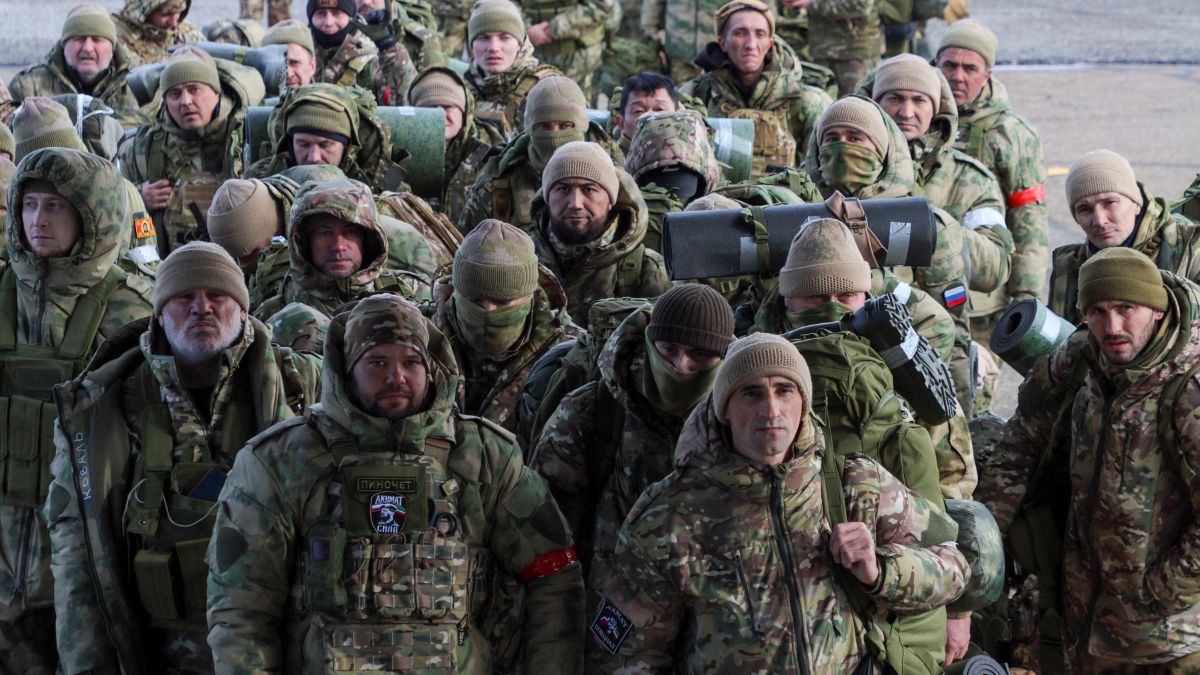)
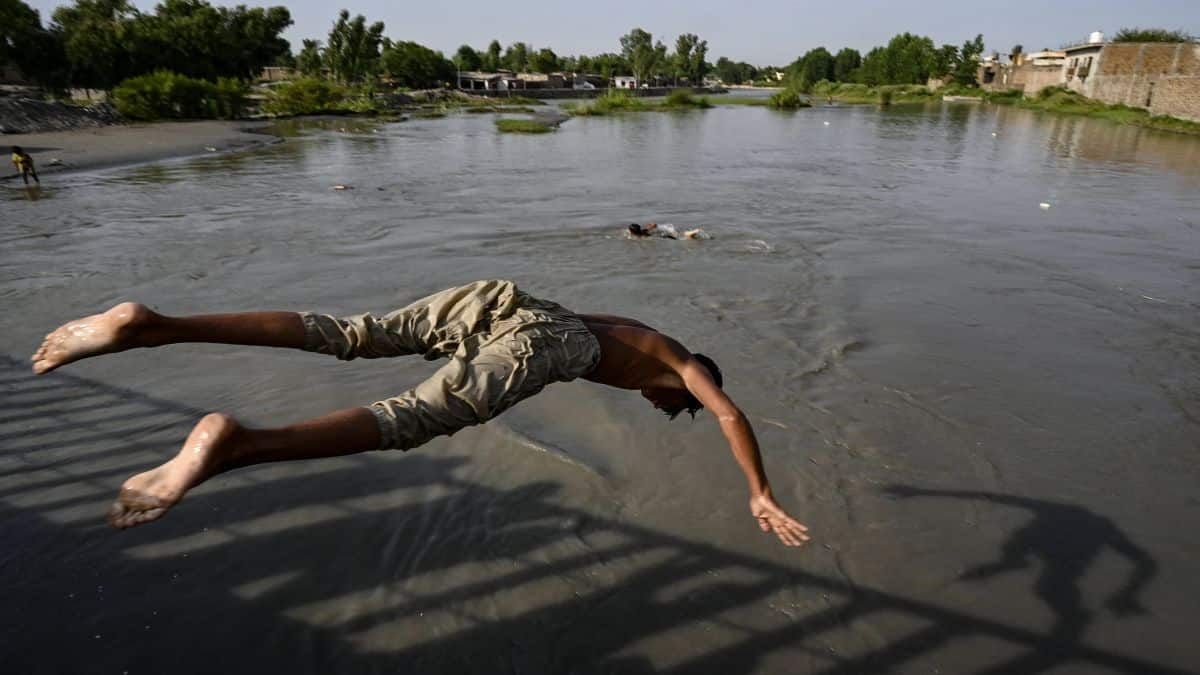
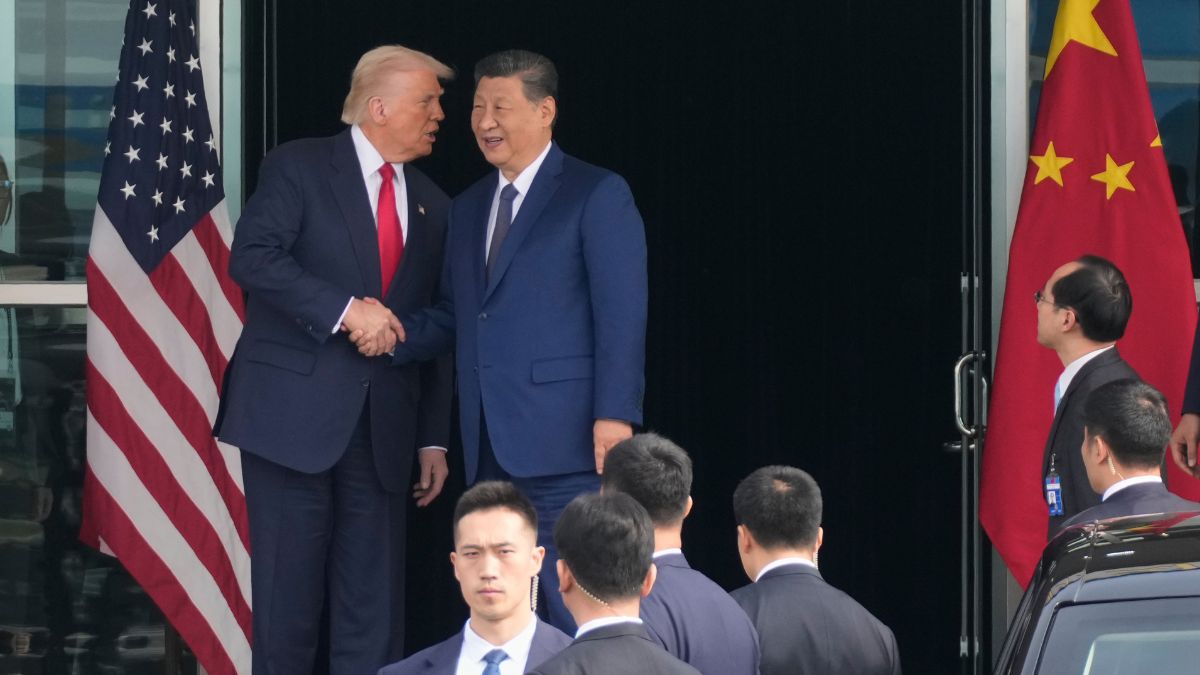)
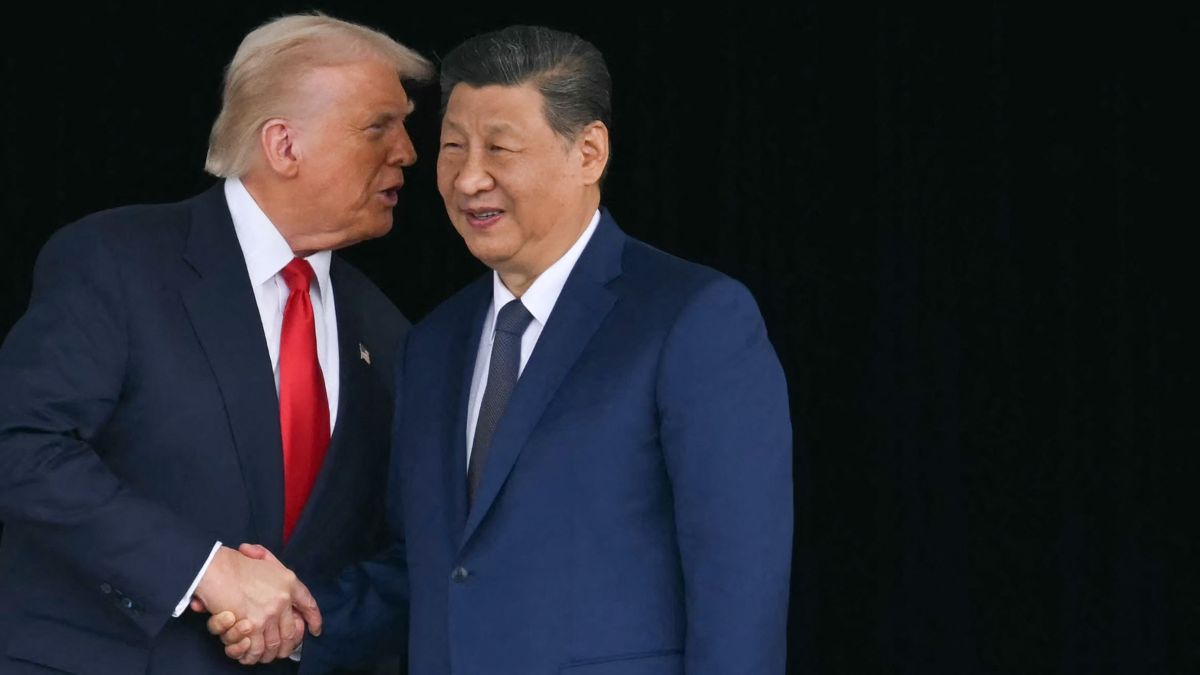)
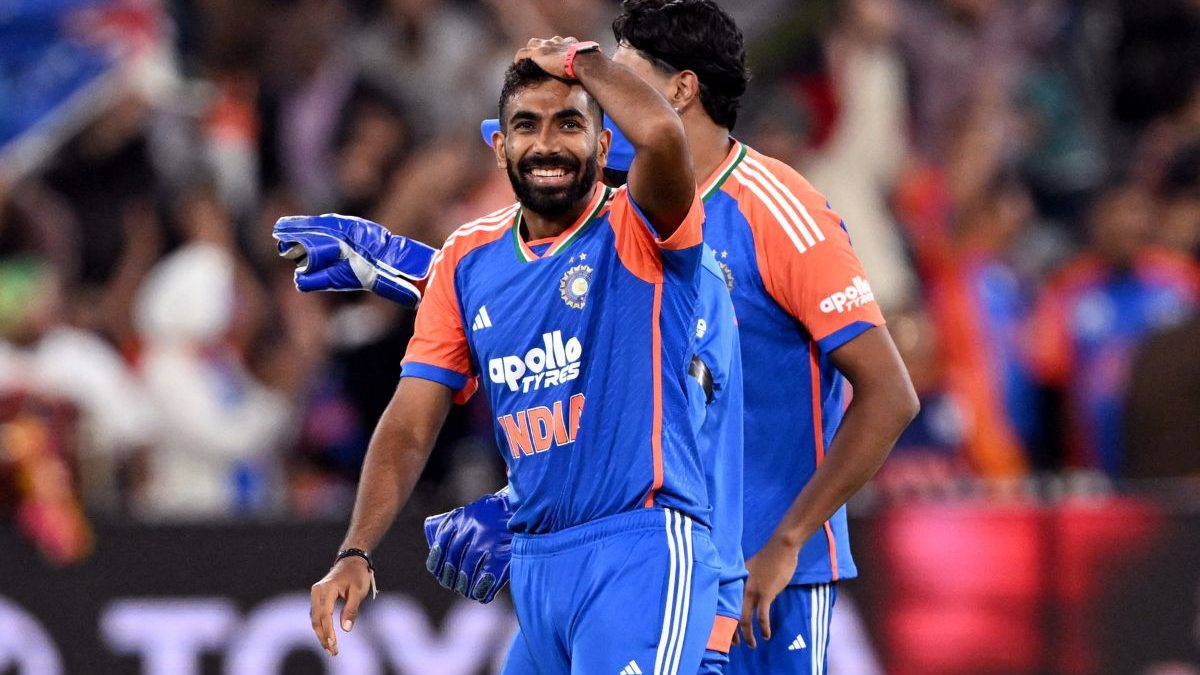)
)
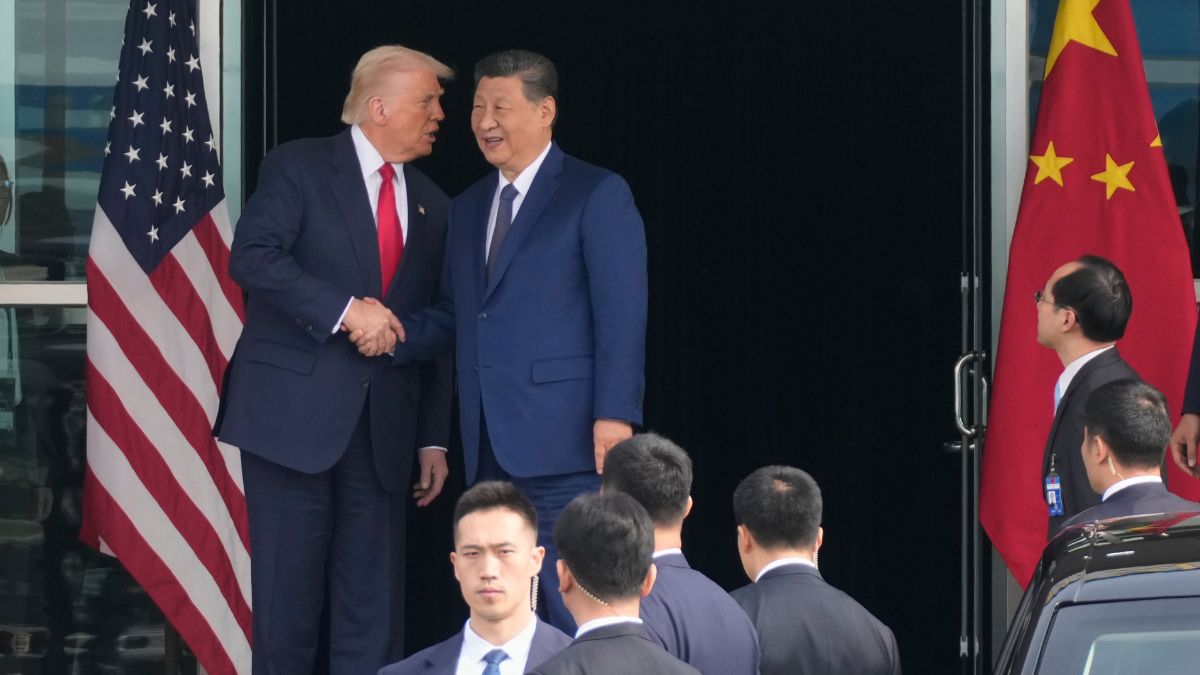)
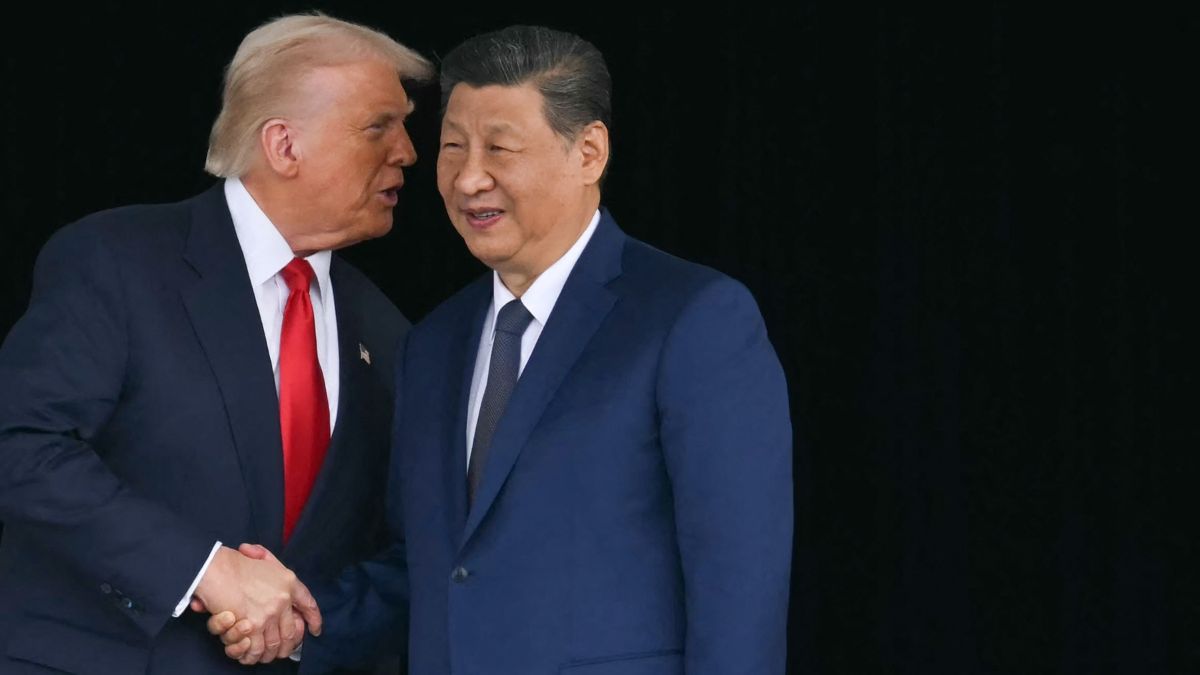)
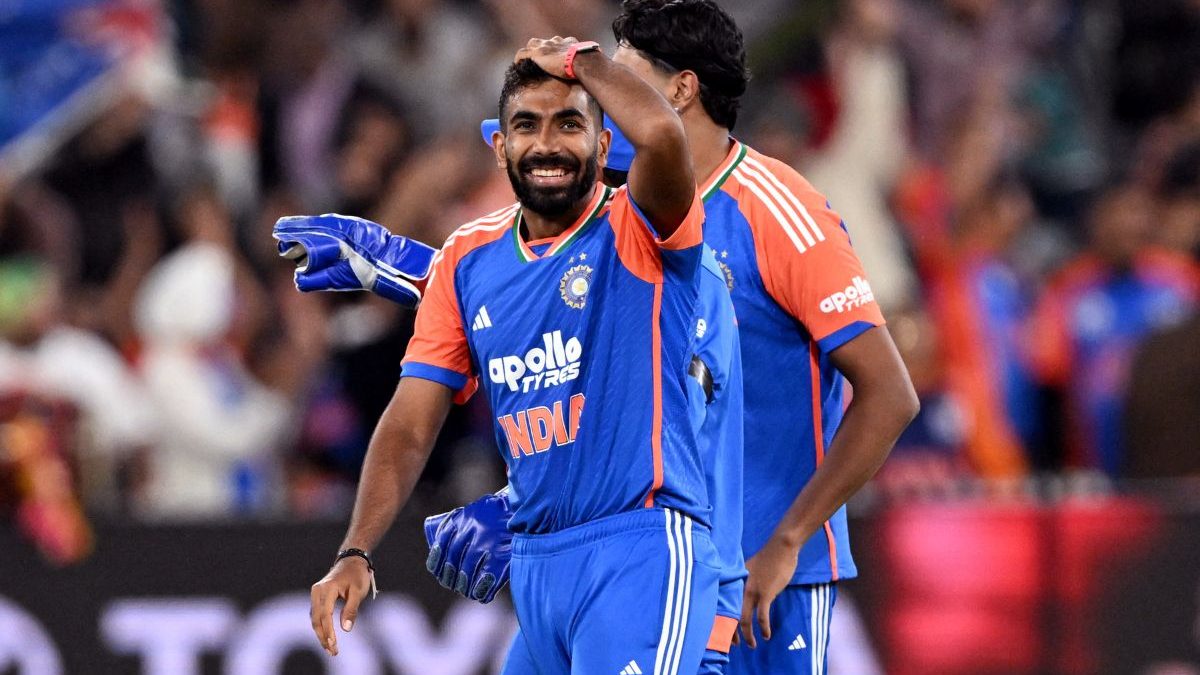)
)



